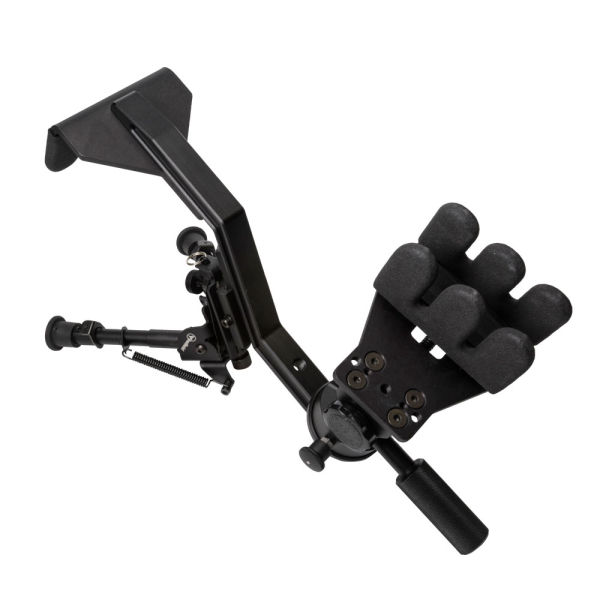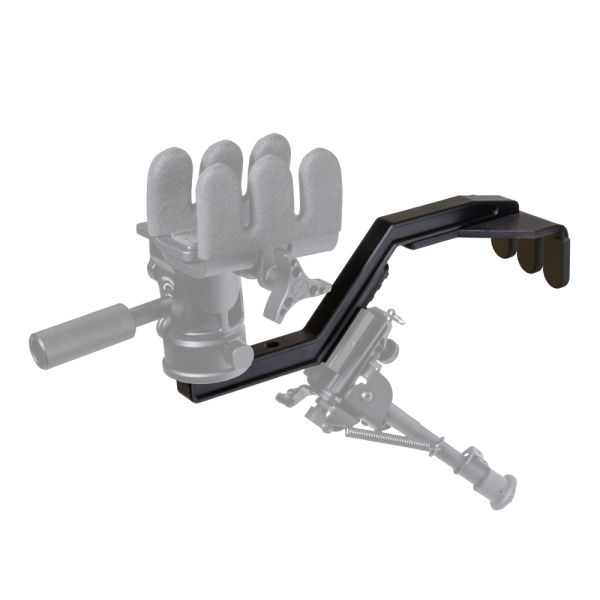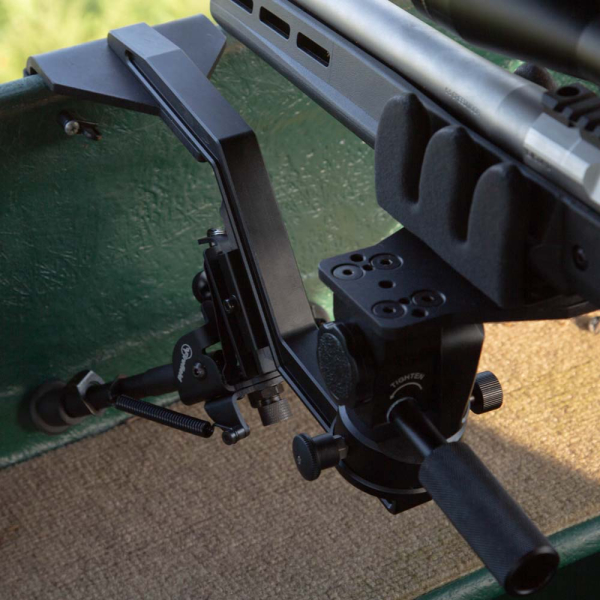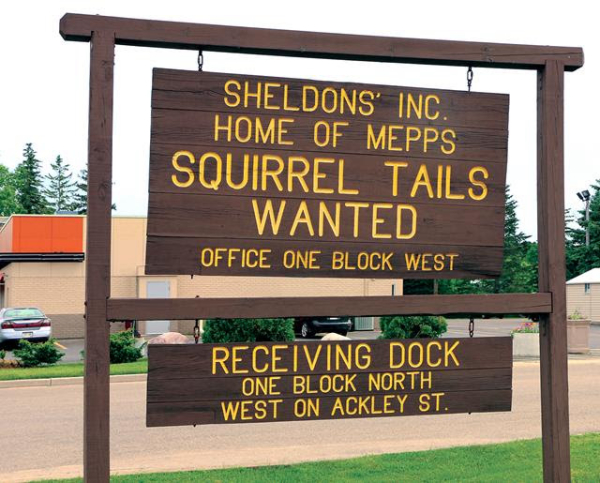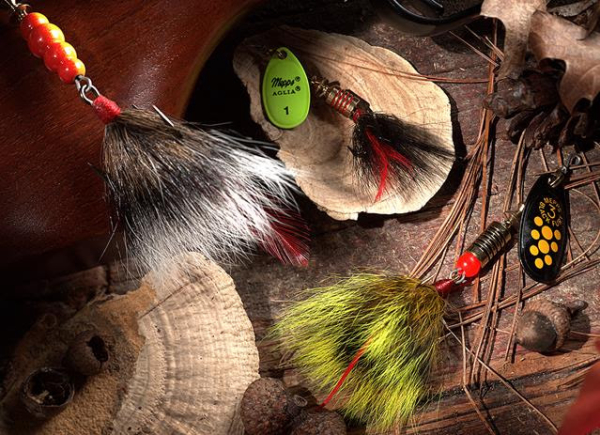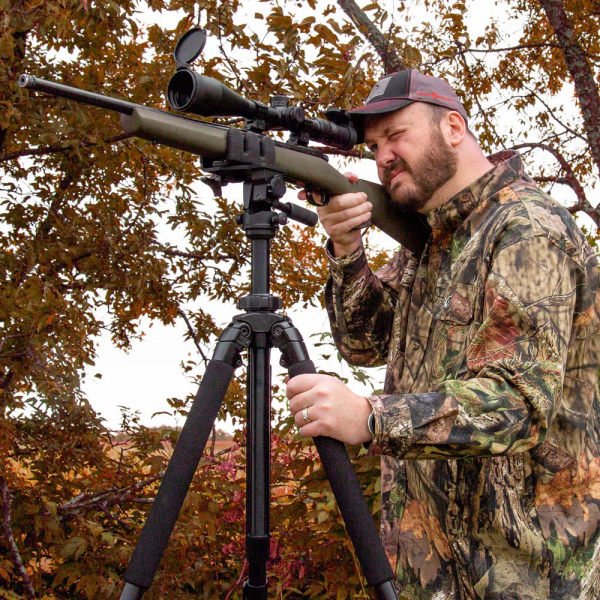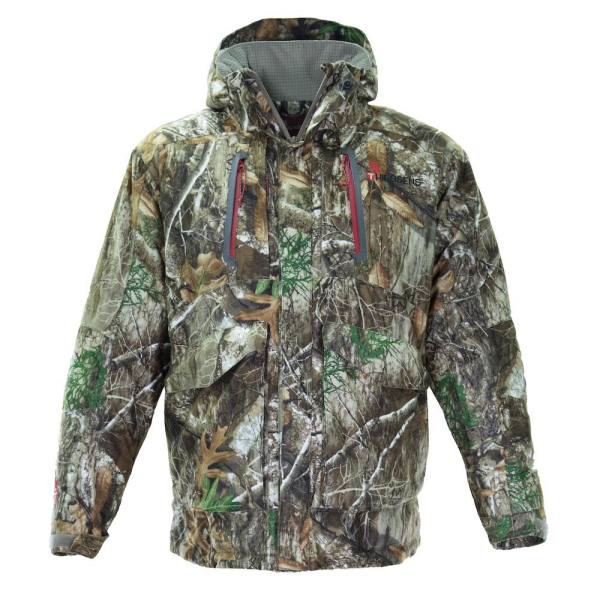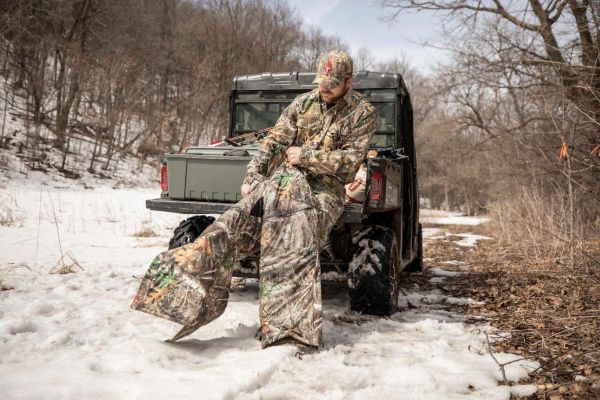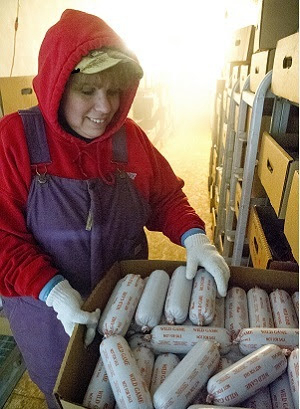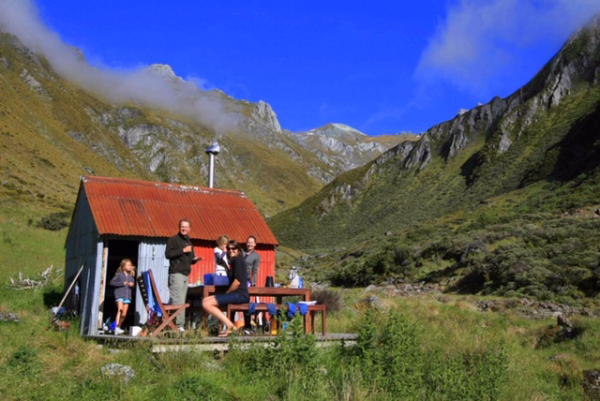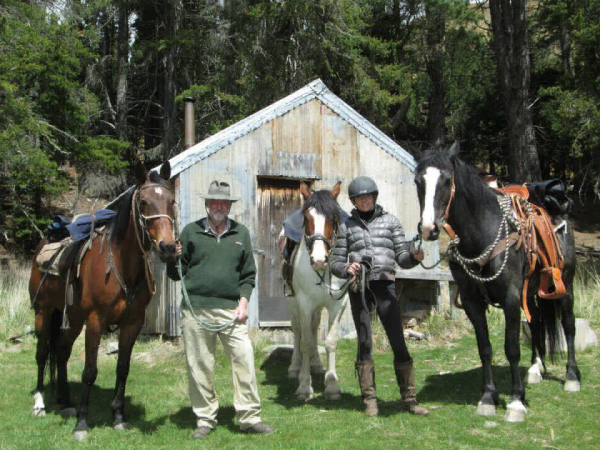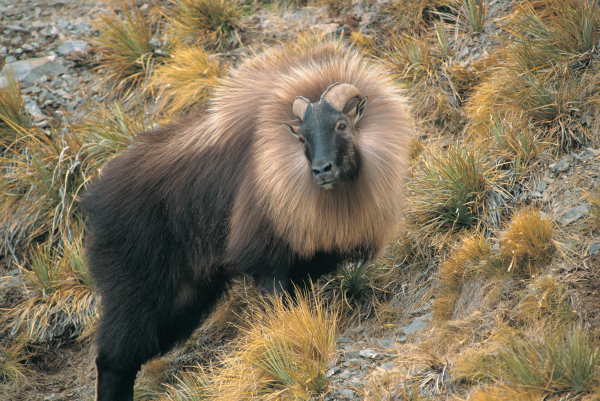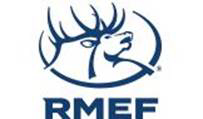USDA Program to Provide Up to $50 Million to Expand Hunting/Fishing Access

The U.S. Department of Agriculture (USDA) will make up to $50 million available to help create or expand state government and tribal programs that encourage landowners and land managers to allow public access to their land for hunting, fishing and other wildlife-dependent recreation. USDA’s Natural Resources Conservation Service (NRCS) is accepting proposals through November 27 from state governments and tribes for the Voluntary Public Access and Habitat Incentive Program (VPA-HIP).
“These projects are excellent examples of how we engage in public-private partnerships, uniting both public and private entities to deliver long-term conservation benefits that the public, outdoor enthusiasts, wildlife, landowners and land managers may experience,” said NRCS Chief Matt Lohr. “With more than 70 percent of the lower 48 states being privately owned, this program enables landowners and land managers to benefit from offering public access to their land.”
Only state governments and tribes are eligible to apply. Projects can last up to three years. The maximum amount for a single award is $3 million.
Highlights of the new VPA-HIP funding opportunity include:
- Up to 25 percent of the funding for each award can be used to provide incentives to improve habitat on enrolled public access program lands.
- Landowner participants must follow NRCS practice standards for any habitat improvement activities. This requirement can be waived if an awardee provides sufficient justification.
- State governments and tribes can request up to 10 percent of program funds for technical assistance.
Additionally, the Farm Bill included a new provision that requires NRCS – to the maximum extent practicable – to invest $3 million of VPA-HIP funding to increase public access on lands covered by a U.S.-held wetland easement. This includes lands enrolled in the former Wetland Reserve Program or the Wetland Reserve Easement Component of the Agricultural Conservation Easement Program. Read more

